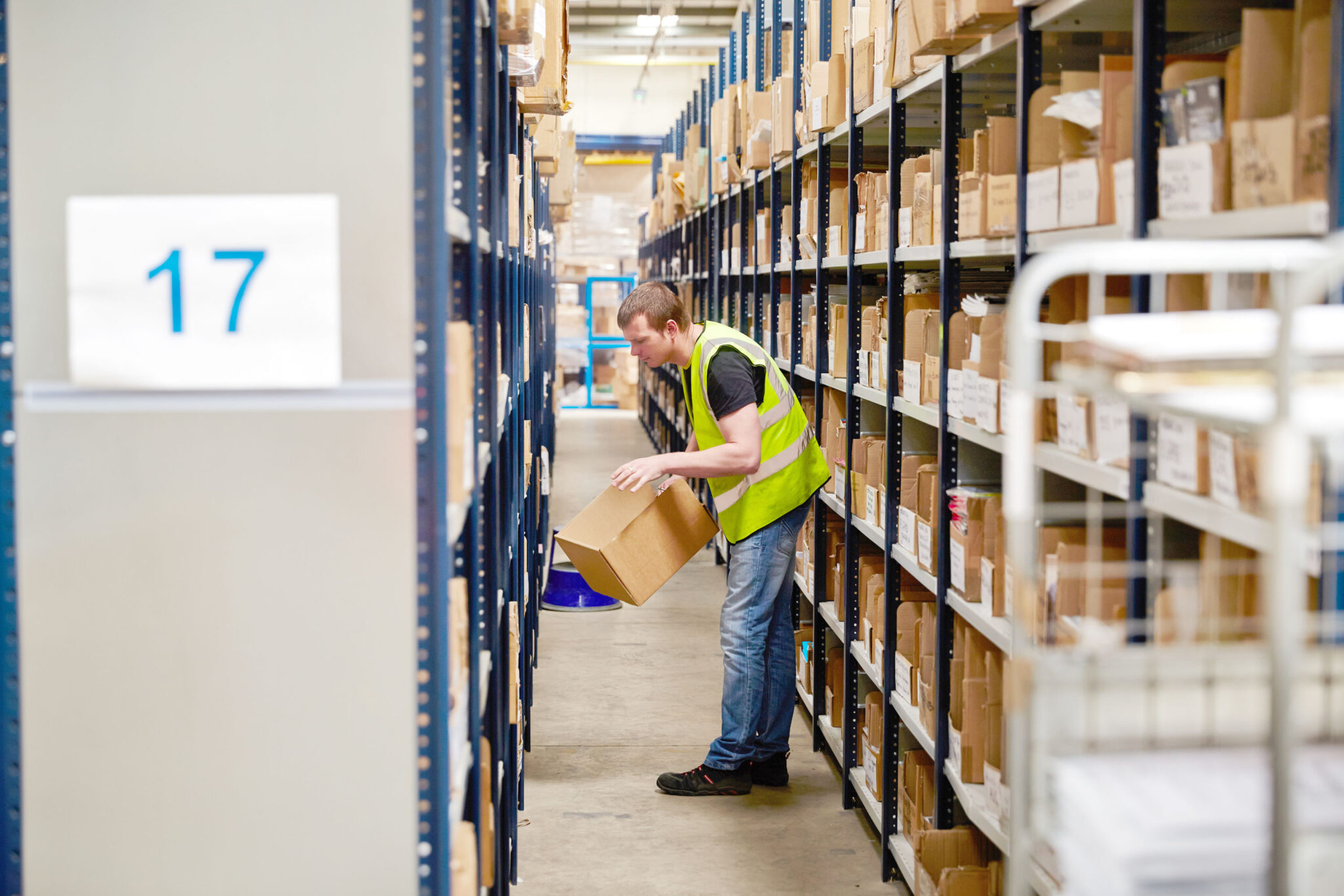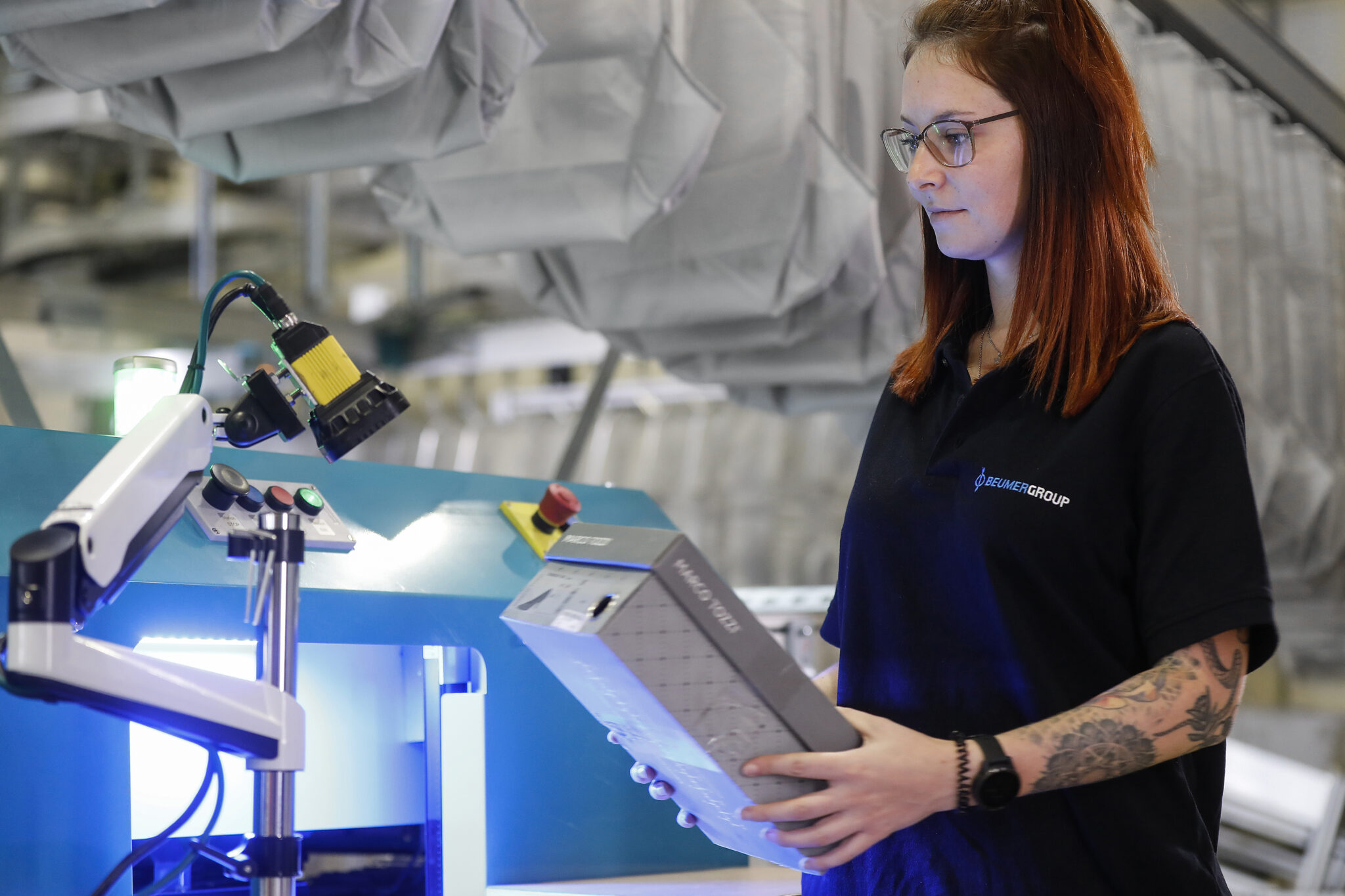With consumer spending under pressure and online return rates of between 20 – 30%, fashion retailers are facing a hit to margin that could ultimately undermine profitability. Darcy de Thierry, Managing Director of Ferag UK, sets out how to protect margin and maximise re-sales using innovative returns processing.
As UK interest rates rise to levels not seen for 15 years, consumer discretionary spending is being squeezed, and for fashion retailers that means keener pricing will become a competitive necessity. According to a recent forecast published by VoucherCodes, ‘2023 Spending and Saving Report’, 50% of UK consumers are planning to cut back their spending on clothing over 2023.
But that’s not the worst of it.
Omni-channel businesses face an even greater challenge. The combined effect of reduced sales margins and persistently high returns rates, commonly between 20-30% in the online fashion sector, could see profits at some fashion brands significantly impacted. Adding to this, new data from returns specialists, ReBound, suggest that UK retail returns in 2022 were 26% higher than 2021, despite online retail purchases falling by 11.5%.
Clearly, fashion retailers need to act quickly to address the corrosive effects of mounting returns on overall profitability.
The dilemma facing businesses is whether to charge the customer for returns or continue with the widely accepted practice of a free returns policy. Some large brands have started charging returns fees, but consumers have become accustomed to slick returns processing, with fast repayment, at no extra cost. In fact, research from Appinio finds that 71% of UK consumers would avoid shopping online if they were required to pay to return items.
Given that returns are an inevitable consequence of online fashion retail, businesses need to look to their returns processes for savings, and importantly, find new ways of increasing the resale rate of returned items. Speed and efficiency in processing returns can take out cost and pay big dividends in capturing more sales when a fashion item is on-trend.
A return is very often a fast mover and is highly likely to be sold within three days, so why put it back into deep storage? Dynamic buffers could provide the agility needed to turn returns around faster.
Overhead pouch sortation systems offer a flexible and highly scalable, conveying, sorting and dynamic buffering solution appropriate for both fulfilling ecommerce orders, assembling store friendly sequenced replenishment and, importantly, buffering fast-moving returned items ready for a quick call-off for resale.
One pouch system is capable of sorting and processing many thousands of orders an hour, with each pouch able to carry both hanging garments and flat items, such as shoes and flat pack goods, enabling fast order fulfilment from a single pool of inventory that serves both retail stores and online orders. Efficiencies in accessing available stock, greater flexibility in allocating stock to maximise sales and faster processing times for preparing orders, are just some of the key advantages.
Critically, pouch technology lends itself to efficient returns processing. Overhead dynamic buffers can offer a cutting-edge solution to removing the time, cost and effort of placing returned items back into stock. Manually sorting and placing items back into deep storage is a very time consuming and costly process, which in large organisations can involve thousands of items across numerous skus. But all that effort and extra handling costs can be avoided. And at the same time, the business can be more responsive, with increased availability and faster fulfilment of re-sale items.
For high-demand fashion products, keeping returned items in a buffer close to the packing area enables a quick and efficient re-despatch of the item. In fact, some clever retailers anticipate and predict levels of returns, allowing them to re-sell items even before they are returned to the warehouse. Such techniques help boost sales in a tight, finite window of opportunity.
Large dynamic buffers may be used for holding ‘predictive picking’ items too, so instead of picking one item for one order, several items can be picked and held against known or predicted sales. Using buffers in this way helps improve pick rates and smooths the flow of orders, creating greater efficiency across the fulfilment cycle – particularly useful at peak.
The same technology can help push back cut-off, giving ecommerce brands an extra edge. The speed and reliability of Skyfall, Ferag’s ultra-fast automated pouch sorter solution, enables retailers to gain greater operational efficiencies by accumulating orders in advance of a final pick-wave at 10pm. With processing speeds of up to 25,000 units per hour orders can be picked, sorted, packed and dispatched within the shortest time window, giving a retailer the keen competitive edge of a late cut-off with an early next day delivery.
An obvious advantage of a high-speed pouch solution, such as Ferag’s Skyfall, is that it uses available overhead space – the third dimension of the building – keeping floor areas free for pedestrians and other processes. What’s more, pouch systems are a highly cost-effective alternative to other forms of goods-to-person automation, like multi-shuttle and mini-load solutions, that can cost up to 30% more.
Then there is the core benefit that the Skyfall overhead pouch system undertakes high-speed sorting, conveying and buffering processes too, which with Ferag’s modular conveyor technology allows for tremendous flexibility and scalability. And as the pouch has the ability to carry flat items, such as shoes, and flat pack goods along with hanging items, there is no need to have a separate cross-belt sorter for flat items, with all the issues associated with bringing flat and hanging items together.
A number of leading fashion brands are taking advantage of pouch sorter technology to increase capacity and boost performance of their fulfilment operations. Ferag has recently installed a flexible high-speed Skyfall system at a new distribution centre for children’s fashion company, Mayoral Group, in Malaga, Spain. The extensive overhead pouch solution is one of the largest to date, with a mix of hanging pouches and garment hangers totalling more than 58,000 Skyfall hangers, and a throughput of up to 12,000 units per hour. The system features fully automatic unloading of pouches, including flat goods.
Fashion businesses looking to protect their bottom line should consider the full range of options that overhead pouch technology can deliver. Returns processing is just one important aspect of this highly flexible, multi-functional technology.











